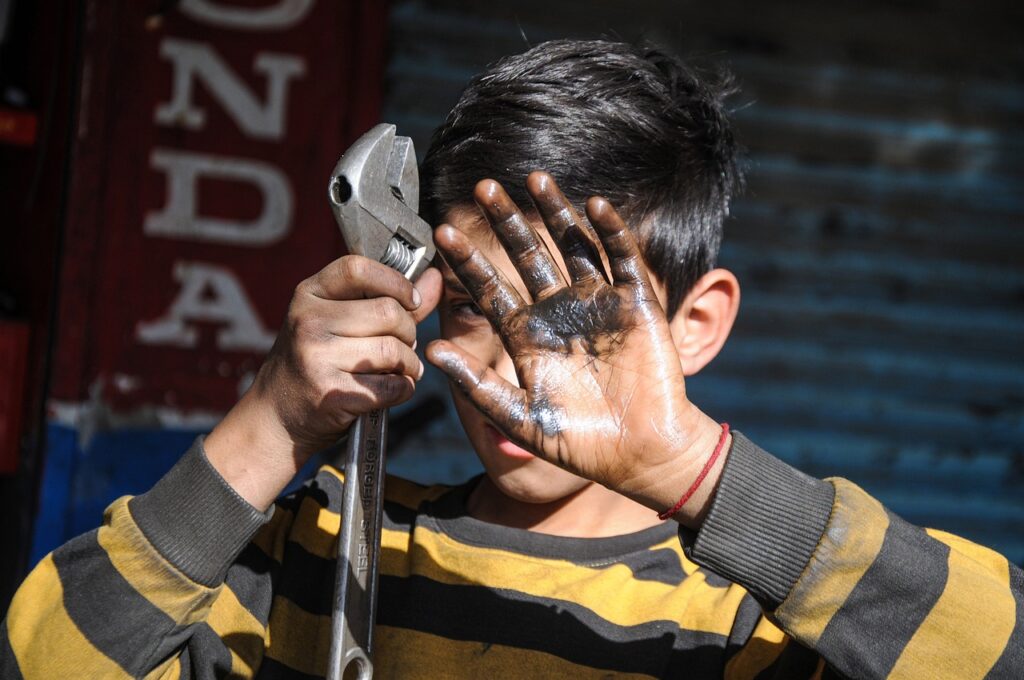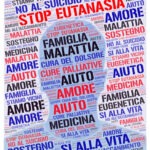
The 2021 estimates indicate that a total of 3.3 million children are in situations of forced labour on any given day, accounting for about 12 per cent of all those in forced labour. And owing to data constraints, these numbers, already alarming, may well be just the tip of the iceberg. The forced labour of children constitutes one component of child labour, which the international community – through Target
8.7 of the Sustainable Development Goals – has committed to ending by 2025.
There are concerns that the risk of forced labour among children has been made worse by the COVID-19 pandemic. An estimated 10.4 million children, for example, have lost at least one parent to the pandemic, out of which 7 million have become orphans, leaving them vulnerable to abuse in contexts in which child support systems are inadequate.
A total of 1.7 million children are in commercial sexual exploitation, constituting over half of all children in forced labour. A further 1.3 million, accounting for 39 per cent of the total, are in forced labour exploitation. The remaining 0.32 million children in forced labour, 10 per cent of the total, are subjected to state-imposed forced labour.
A review undertaken for this report of information from a wide range of supplementary sources makes clear that the forced labour of children occurs across a wide array of economic sectors and industries (Figure 15). Some of the forms of forced labour of children are discussed briefly below.
Commercial sexual exploitation of children. There are tragic accounts from many parts of the world of children in situations of commercial sexual exploitation, including in travel and tourism and the production of child sexual abuse materials. Some of the severe forms of coercion and abuse these children are subjected to include abduction, drugging, being held in captivity, deception, manipulation of debt, and the confiscation of identity documents.
Many are trafficked into such situations, ending up far from their homes and families. The commercial sexual exploitation of children appears to be most prevalent against marginalised children struck by poverty, social exclusion, and discrimination, children on the move (particularly unaccompanied or separated children), children with disabilities, children living in residential care, and children left behind by their parents. Situations of conflict and humanitarian crisis can leave children especially vulnerable to commercial sexual exploitation. The online commercial sexual exploitation of children, involving the dissemination of acts of sexual abuse over the Internet, is also a growing concern
worldwide. The United Nations Special Rapporteur on the Sale and Sexual Exploitation of Children has indicated that COVID-19 has greatly amplified the risk of online child commercial sexual exploitation. The Internet is also creating new channels for the trafficking of children and for connecting trafficking victims with their abusers.
Forced labour of children in domestic work. The number of child domestic workers subjected to forced labour is difficult to estimate as this work occurs behind closed doors in private homes. What begins as a case of child labour may evolve into forced labour when children are required to work long hours, or are subjected to physical, psychological, or sexual abuse, with no means of escaping their employer.
In parts of Africa, Latin America and the Caribbean, and South Asia, there are entrenched systems of domestic bondage involving children, such as the criadazgo in Paraguay, padrinazgo in Peru, vidomegon in Benin, confiage in Togo, and kamlari in Nepal. Girls or members of minority ethnic groups are often particularly affected. There is an important two-way link between the forced domestic
work of children and child trafficking. Forced domestic work can be the result of trafficking while, at the same time, children who escape this form of forced labour also become more vulnerable to trafficking.
Children in situations of debt bondage. Debt bondage of children persists in many parts of the world. It can be linked to traditional practices, such as the wahaya practice in Niger involving domestic work and sexual exploitation, and the Haliya and Kamaiya practices in Nepal involving agricultural bonded labour. In countries such as Mali and Mauritania, despite some progress, hereditary slavery practices affecting entire families persist in some areas. These practices see children starting lives in slavery in activities such as cattle herding, field work and domestic work.
from “Global Estimates of Modern Slavery
Forced Labour and Forced Marriage”
© International Labour Organization (ILO), Walk Free, and International
Organization for Migration (IOM) 2022

